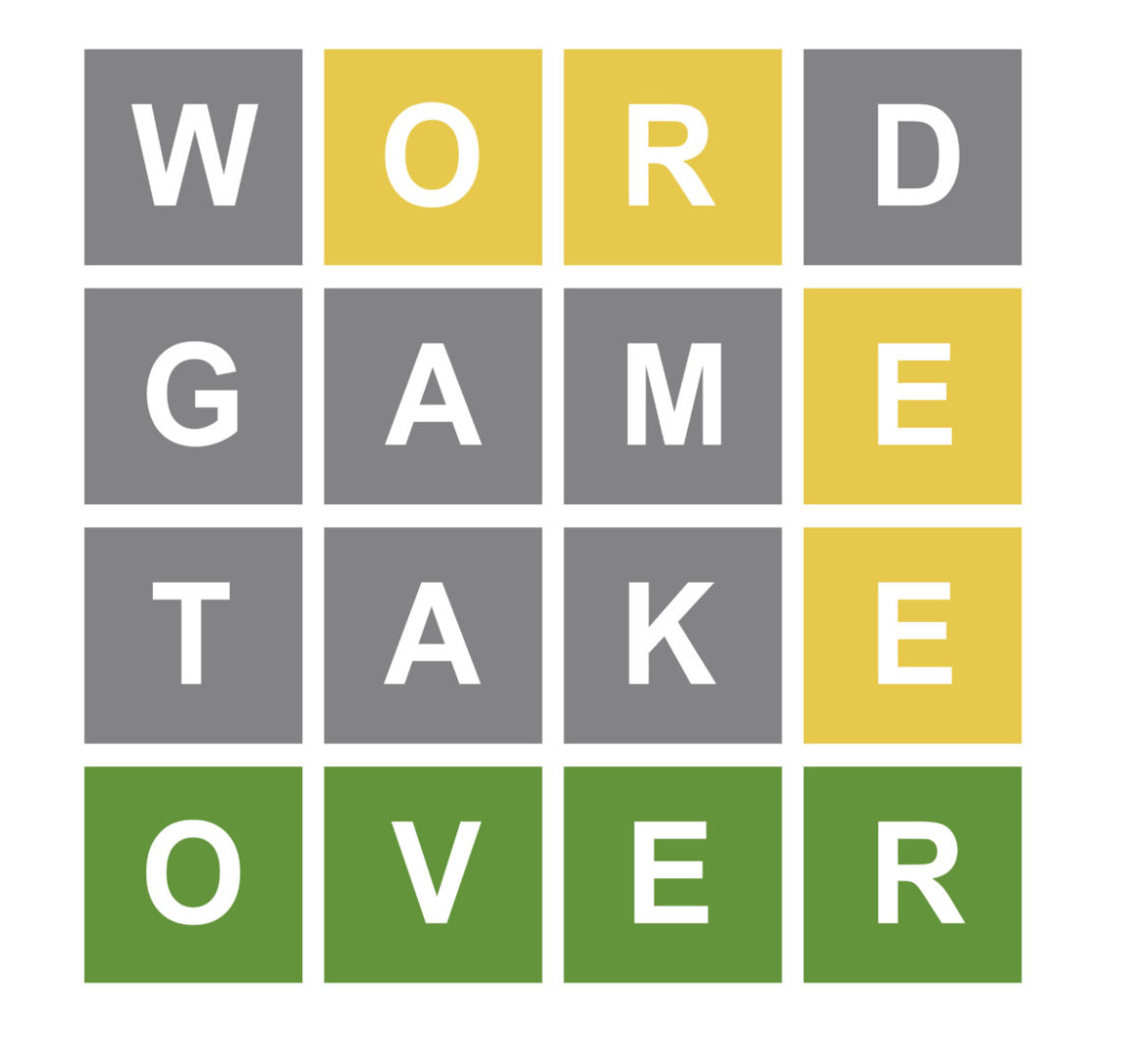Larson Riccoboni, Arts and Tech Editor
@larsonrcourant
What’s wordle? It’s only the most popular puzzle game that has been sweeping the nation over the past couple of weeks. Whether you want it or not, it’s probably come across your radar at some point, or maybe you are among the thousands of people currently logging in to continue a 13 day streak. The game, created by a software engineer named Josh Wardle, was originally prototyped back in 2013. During the pandemic, Wardle finished designing the game and made it easier for people to share their results online via platforms such as Twitter and Facebook. As a result of the large increase in popularity, Wordle was recently bought out by The New York Times.
The concept is simple: each day all users must figure out the secret word, but are only given 6 tries. The first try, you have no clue what the word could be so many try and start out with something that has a lot of vowels or common letters. Some users have found success with words such as “ADIEU,” “POISE,” or “ARISE.” After entering your first guess, the Wordle site will respond with how close you got. Letters that show up in grey mean that the secret word of the day does not contain any of those letters. Letters that show up in yellow mean that the letter is within the word somewhere, but not in the correct place. And letters that show up in green indicate that they are in the correct position in the word. With this information, you must enter in your next guess – making sure to leave any grey letters out, and including the yellow and green. The goal is not only to guess the correct word, but to do so in as few guesses as possible.
The result is an addicting game that soon became a signal of pride and competition among players. Friends compete to guess the word fastest or in the least amount of guesses, and despite being a single player game – Wordle is a social activity that inspires both creativity and logical thinking.
Play the game here: https://www.nytimes.com/games/wordle/index.html




